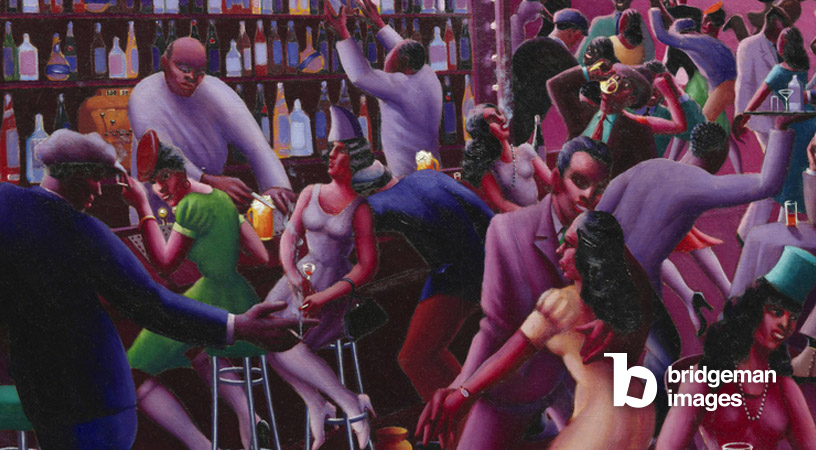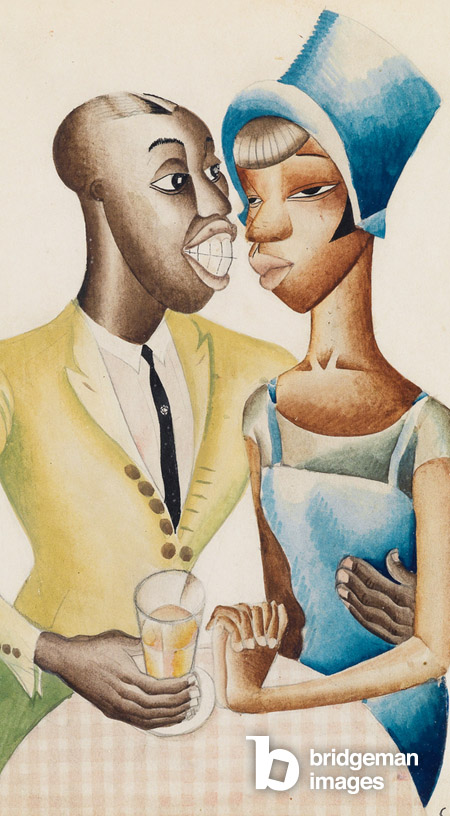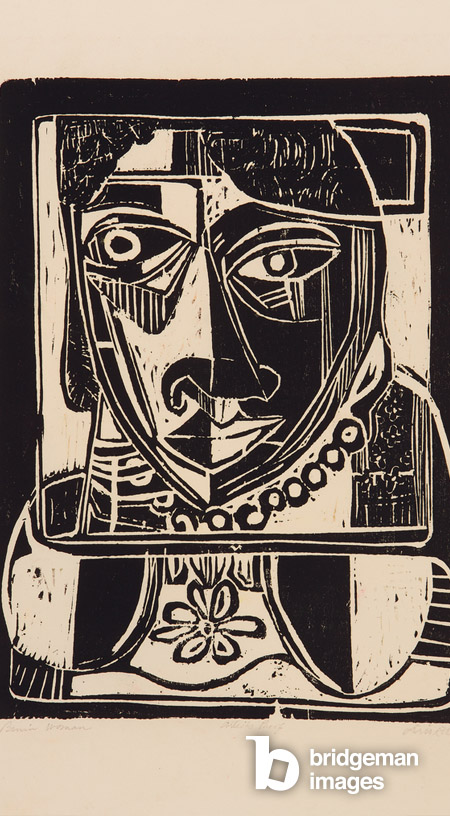Published 15/08/2023
The Harlem Renaissance, an intellectual, social, and artistic eruption, marked the 1920s by propelling new African-American cultural expressions to the forefront of the stage.
View our selection of works from The Harlem Renaissance.
The central hub of this renaissance was the Harlem neighborhood in Manhattan, New York, but its influence spread like an echo to other urban areas in the Northeast and Midwest of the United States, shaped by the Great Migration.
The Harlem Renaissance in its historical context
The Harlem Renaissance emerged in the interwar period, particularly during the 1920s and 1930s. Its legacy traces back to the Reconstruction era, when African Americans fought for civil rights and their political and economic emancipation. This renaissance served as a way to transcend the scars of history and build a more enlightened future.

The Harlem Renaissance was not confined to Harlem; it spread to cities like Chicago, Detroit, St. Louis, Philadelphia, Cleveland, Boston, Atlanta, and Washington, DC, with echoes reaching as far as the Caribbean and Paris. Initially perceived as a literary movement due to the publication of novels, poetry, plays, and essays, the Harlem Renaissance transcended these boundaries to encompass artistic disciplines such as visual arts, dance, and music. It symbolizes a true rebirth of African American creativity.
Global Splendor and Timeless Influence
While rooted in Harlem, this renaissance crossed geographical barriers. Afro-Francophone writers from African and Caribbean colonies residing in Paris were also influenced by this movement, which thrived from 1918 to the mid-1930s. The influence of this era still radiates in contemporary artistic creation.

The peak period of the Harlem Renaissance, spanning from 1924 to 1929, was marked by memorable events. During a party organized by Opportunity: A Journal of Negro Life, Black writers were introduced to white publishers, signifying a significant turning point. Several factors contributed to the flourishing of this renaissance: firstly, the presence of a prosperous Black bourgeoisie concentrated in Sugar Hill in the 1920s provided fertile ground for cultural development. Harlem thus became a hub of intellectual and artistic exchanges, radiating as a beacon of African American culture.

The universities of East Harlem played a key role in the Harlem Renaissance. Columbia University witnessed the emergence of iconic figures such as Langston Hughes, a journalist, writer, and poet who graduated in the early 1920s. The City College of New York opened its doors to ethnically disadvantaged minorities of the 19th century, thus forming an African American elite. Harvard and other institutions also nurtured the pool of artists and writers of the Harlem Renaissance.

This artistic renaissance was supported by associations, organizations, and media that played a crucial role in intellectual flourishing. Black patrons like Alain Locke and supporters like photographer and writer Carl van Vechten provided vital support to this movement. The press played an essential role in promoting African American culture, with magazines like The Crisis, which broadcasted the voices of Black writers and African American activists.
The Lasting Legacy of the Harlem Renaissance
The roots of this period of renewal drew from the experiences of African Americans, recalling the successes and challenges of the Reconstruction era. Several artists of the Harlem Renaissance had ancestors who had survived slavery and experienced the beginnings of emancipation. This time was also marked by the Great Migration, which saw thousands of African Americans leaving the South for the North, seeking to escape institutionalized racism and find better opportunities.
View our selection of works from The Harlem Renaissance.
Get in touch with our team; we're always happy to assist you in your research.


